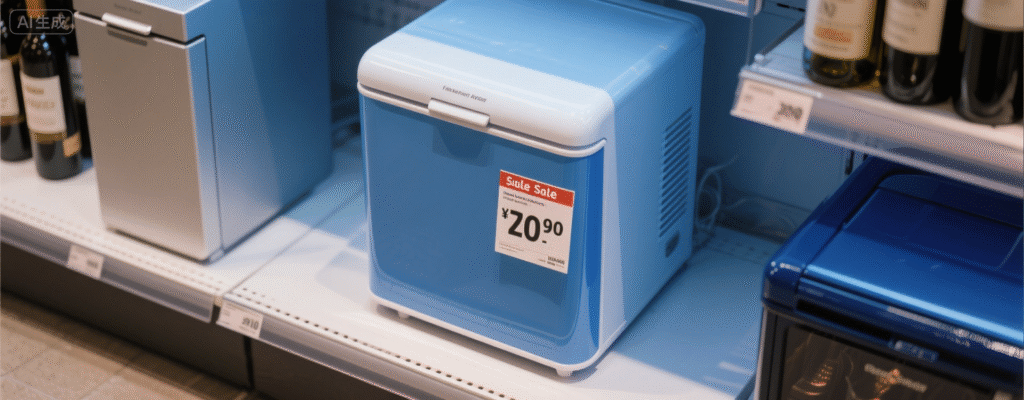Finding the perfect wine cooler for sale is about more than just chilling a bottle; it’s about investing in the longevity and flavor profile of your collection. Whether you’re a casual enthusiast or a serious connoisseur, the right unit protects your investment from its two greatest enemies: temperature fluctuation and improper humidity. This guide will help you navigate the key considerations to make an informed purchase that suits your needs and space.
Why Proper Storage is Non-Negotiable for Wine
Simply putting wine in a kitchen refrigerator is a common mistake that can compromise its quality. Standard fridges are designed for food, operating at colder temperatures (around 35-38°F) that can dull wine’s aromas and flavors. More critically, a lack of humidity control can dry out corks, allowing oxygen to seep in and spoil the wine. A dedicated wine cooler addresses these issues directly. It maintains a consistent, ideal temperature range (typically 45-65°F, depending on the wine type) and often includes features to regulate humidity, keeping corks moist and intact. This preservation is backed by centuries of winemaking tradition and modern science, with studies from institutions like the University of California, Davis, as far back as the 1980s, highlighting the detrimental effects of temperature variance on wine chemistry and aging potential.
Choosing the Right Cooler for Your Collection
With the importance of climate control established, the next step is selecting a model that aligns with your specific situation. The primary factors to weigh are capacity, placement, and cooling technology.
- Capacity & Size: Assess the size of your collection. A compact 6-bottle thermoelectric unit may suffice for a small apartment, while a serious collector might need a 100+ bottle freestanding or built-in model. Always consider future acquisitions.
- Placement & Design: Decide between a freestanding model, which needs surrounding space for ventilation, or a built-in (integrated) unit designed to fit seamlessly into cabinetry. Freestanding models often vent from the back, while built-in models vent from the front.
- Cooling Technology: The two main types are compressor-based and thermoelectric. Compressor coolers are powerful, work well in warmer environments, and are ideal for larger units. Thermoelectric models are quieter, vibration-free (which is gentler on sediments in aged wines), and are best for smaller capacities in climate-controlled spaces.
By carefully evaluating these aspects, you can find the ideal wine cooler for sale that not only preserves your wine perfectly but also complements your lifestyle and home decor.
Ultimately, purchasing a wine cooler is a decisive step toward enjoying your wine as the winemaker intended. It moves beyond simple refrigeration to become an essential tool for preservation, protecting your bottles from temperature swings and humidity damage. By understanding your storage needs and the different types of coolers available, you can confidently select a unit that will safeguard your collection, ensuring every bottle you open is a perfect representation of its character and quality.
